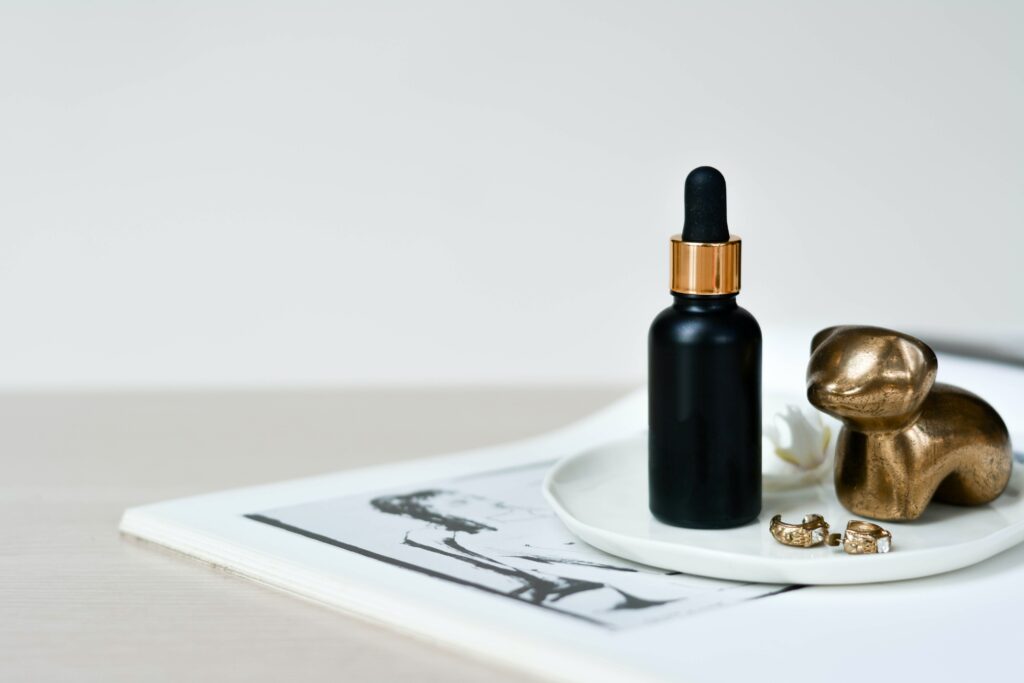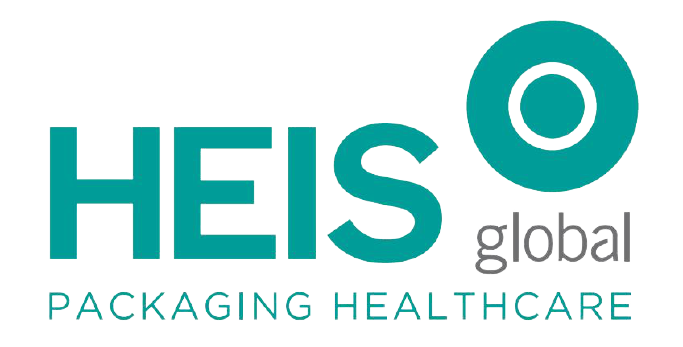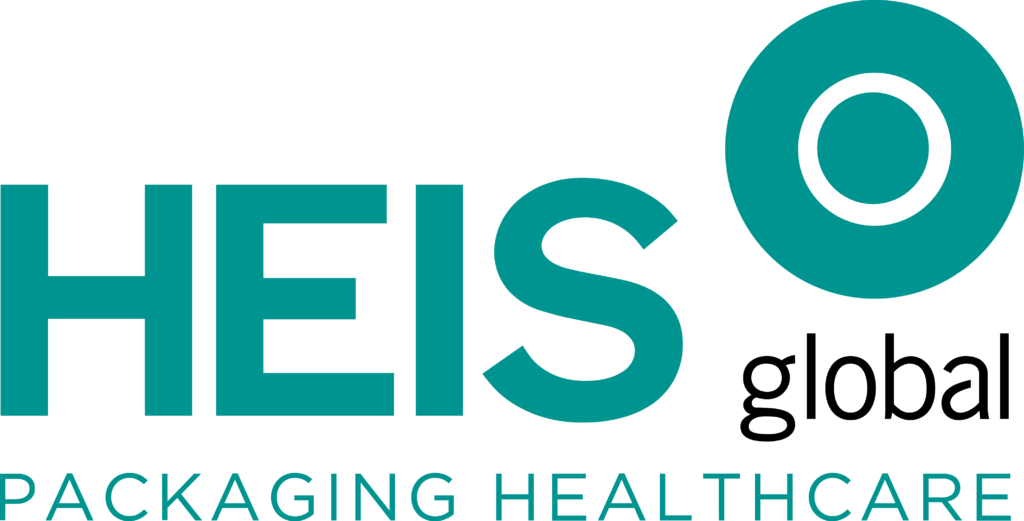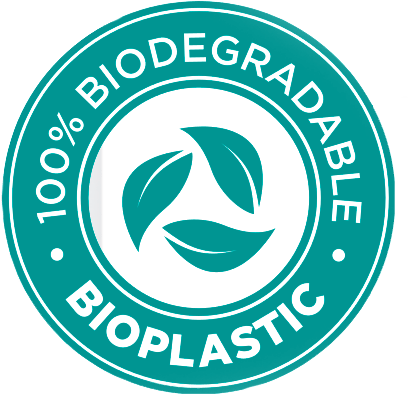
The pharmaceutical industry stands at the forefront of innovation, with advancements in medical research and technology continually reshaping its landscape. In this dynamic environment, RPET (Recycled Polyethylene Terephthalate) packaging and bottles have emerged as a disruptive force, challenging traditional packaging solutions. This article explores how RPET is transforming the pharmaceutical sector, emphasizing its sustainability, cost-effectiveness, durability, and regulatory compliance.
Understanding RPET Packaging
RPET, an acronym that stands for Recycled Polyethylene Terephthalate, is a type of plastic created from recycled PET (Polyethylene Terephthalate) materials. This material, well-known for its use in beverage bottles and food containers, has made its mark in the pharmaceutical packaging sector. The process of producing RPET involves collecting used PET items, cleaning and processing them, and repurposing the material to create new products. RPET is both versatile and environmentally friendly, making it an ideal choice for sustainable pharmaceutical packaging.
The Advantages of RPET Packaging and Bottles
- Sustainability: A Green Alternative
The most significant advantage of RPET packaging and bottles is their contribution to environmental sustainability. By reusing existing PET materials, RPET significantly reduces the need for virgin plastic production. This not only conserves precious natural resources but also mitigates the production of new plastic waste. This aligns perfectly with the pharmaceutical industry’s increasing emphasis on sustainability and corporate responsibility, making it a socially responsible choice.
- Cost-Effective and Eco-Friendly
RPET packaging is not just a sustainable choice but also cost-effective. The recycling process helps reduce production costs, making RPET packaging a cost-efficient solution for pharmaceutical companies. Furthermore, RPET packaging materials are readily available, and the production technology is well-established, which further drives down production costs.
- Durability and Barrier Properties
RPET packaging and bottles offer impressive durability, ensuring that pharmaceutical products are well-protected during storage and transportation. In addition, RPET containers exhibit excellent barrier properties, which prevent contamination and maintain the integrity of the medications, ensuring their effectiveness and safety.
- Regulatory Compliance: Meeting Stringent Standards
RPET packaging and bottles are designed to meet the stringent regulatory requirements of the pharmaceutical industry. They comply with various standards, including child-resistant and tamper-evident packaging requirements, guaranteeing the safety and efficacy of pharmaceutical products.
- Customization and Branding: Standing Out in a Competitive Market
Pharmaceutical companies have the freedom to customize RPET packaging and bottles to promote brand identity and product recognition. The versatility of RPET allows for a wide range of shapes, sizes, and label designs, providing ample opportunities for pharmaceutical brands to stand out in a competitive market.
RPET in Action: A Global Adoption
Pharmaceutical companies around the world have embraced RPET packaging and bottles. They are now using RPET containers for a myriad of applications, ranging from prescription medication bottles and over-the-counter drug packaging to blister packs. This widespread adoption not only underscores the industry’s commitment to environmental stewardship but also recognizes the practical benefits of RPET in enhancing patient experiences.
Challenges and Future Developments
While RPET packaging and bottles offer numerous advantages, several challenges remain. These include the need for efficient collection and recycling systems and addressing concerns about the potential for contaminant migration. However, ongoing research and development efforts are focused on overcoming these challenges.
The future of RPET in the pharmaceutical industry appears promising. As technology improves, we can expect even more sustainable and innovative solutions. These may include biodegradable RPET materials and enhanced recycling processes. As regulatory bodies increasingly prioritize environmental impact, RPET packaging will likely become the standard, gradually replacing traditional plastic packaging options.
Conclusion
RPET packaging and bottles have made significant inroads into the pharmaceutical industry, and they are poised to play an even more substantial role in the years to come. By combining sustainability, cost-effectiveness, durability, and regulatory compliance, RPET is reshaping the way medications are stored, transported, and presented to the public. As the pharmaceutical industry continues to prioritize environmental responsibility, RPET represents a substantial step in the right direction, helping create a healthier world, both for patients and the planet. Embrace the RPET revolution and contribute to a greener, more sustainable pharmaceutical industry.


